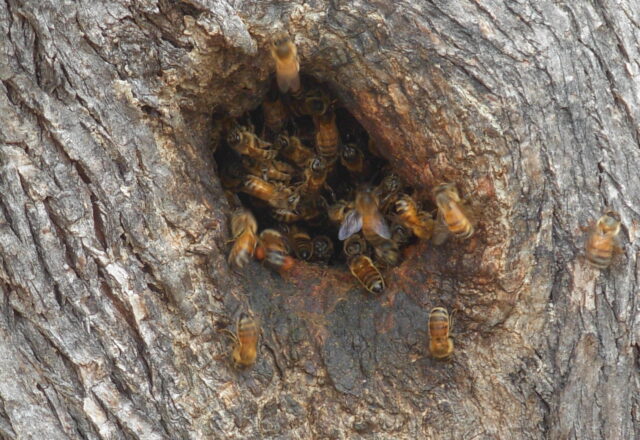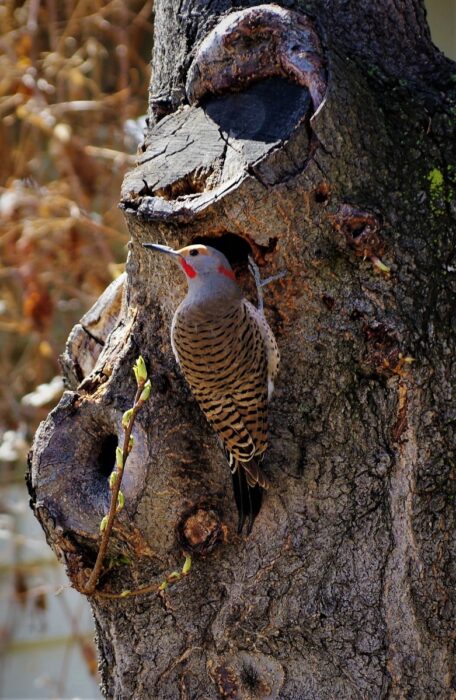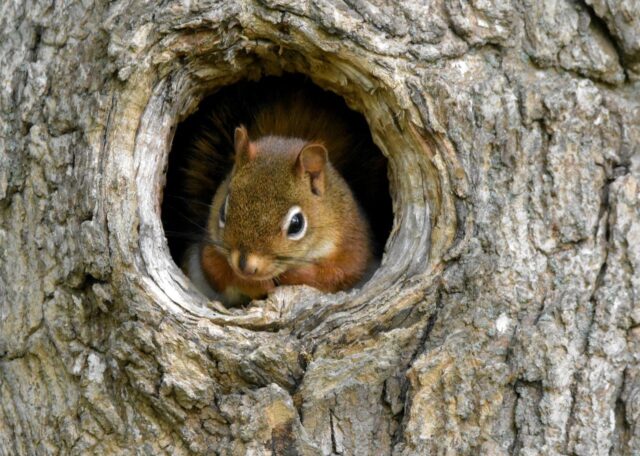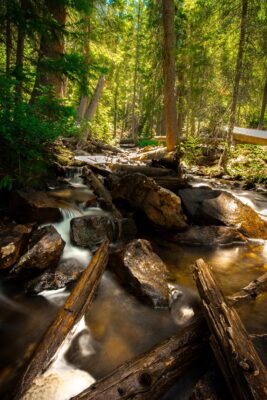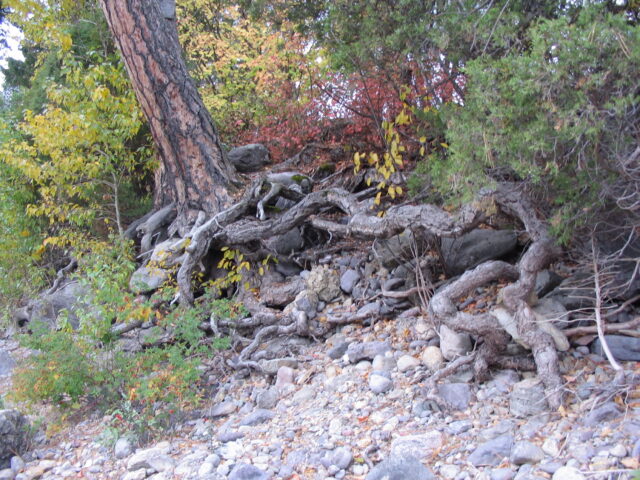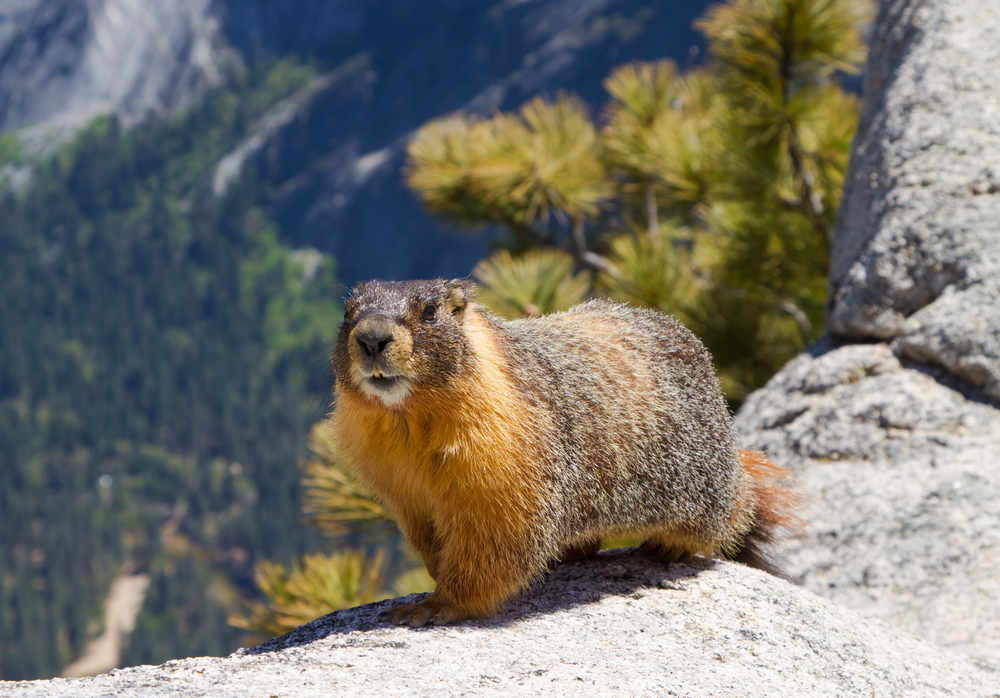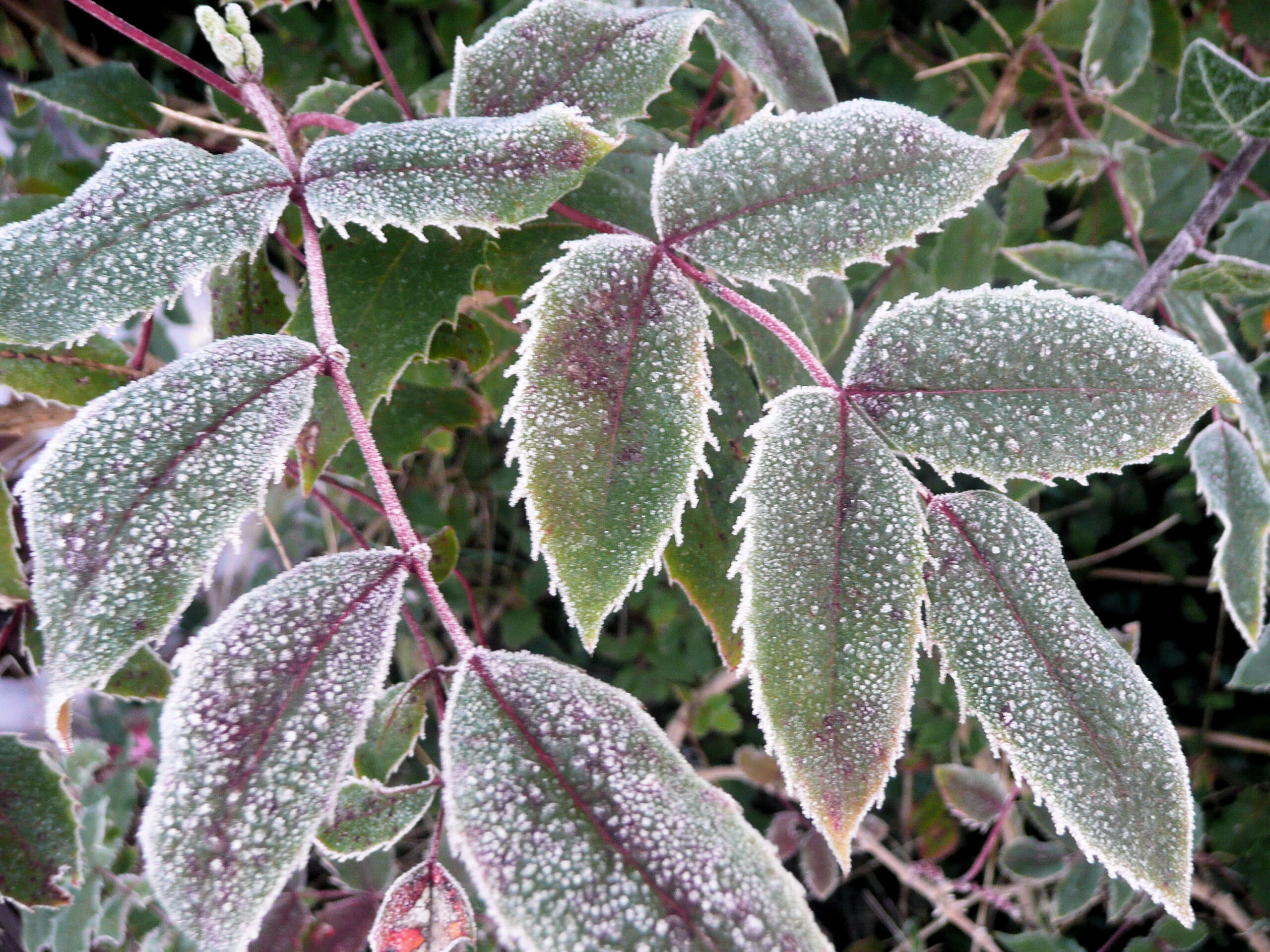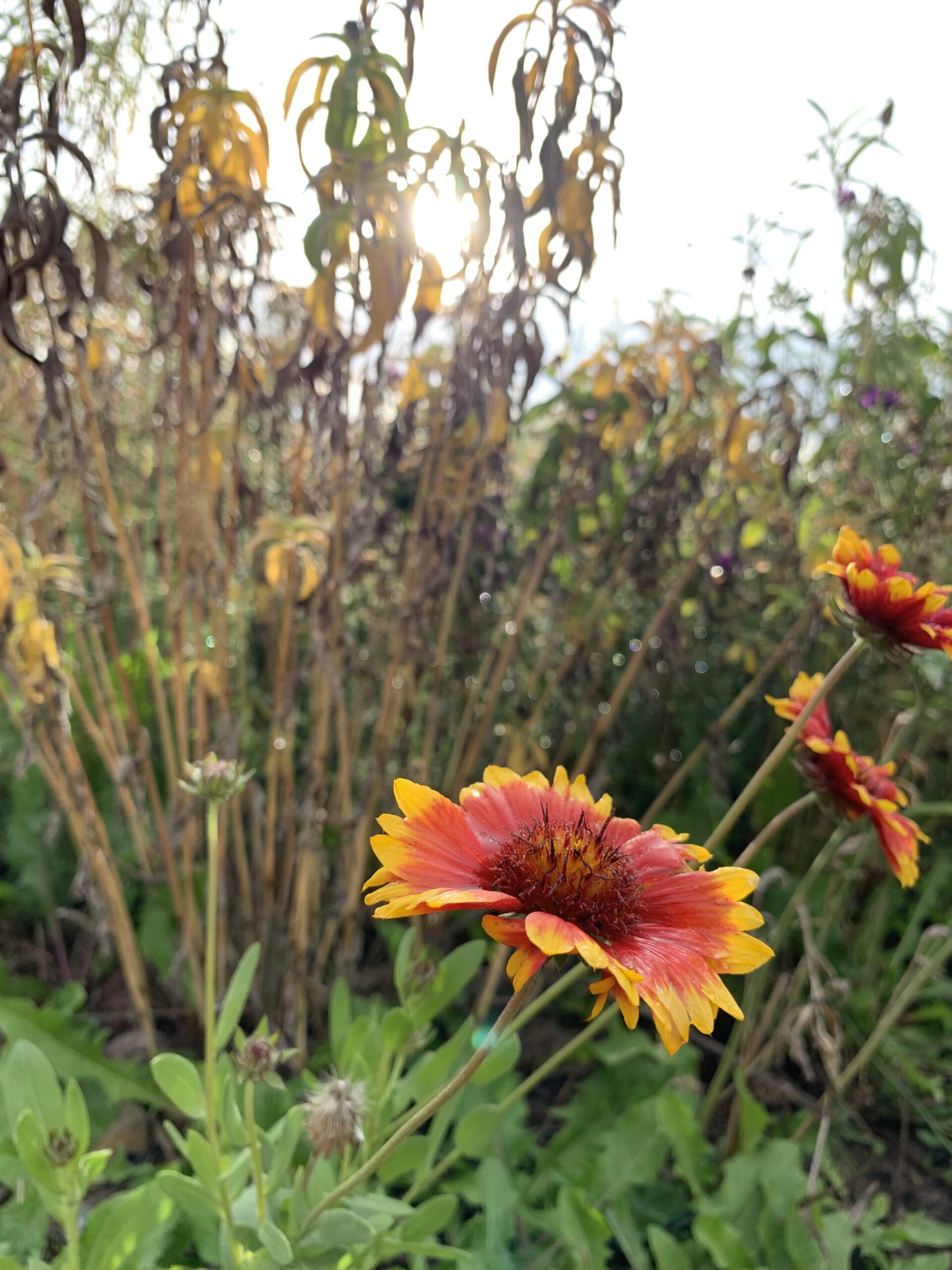By Jessie Walthers, Conservation Program Manager Groundhog Day. Who doesn’t love this most random of…
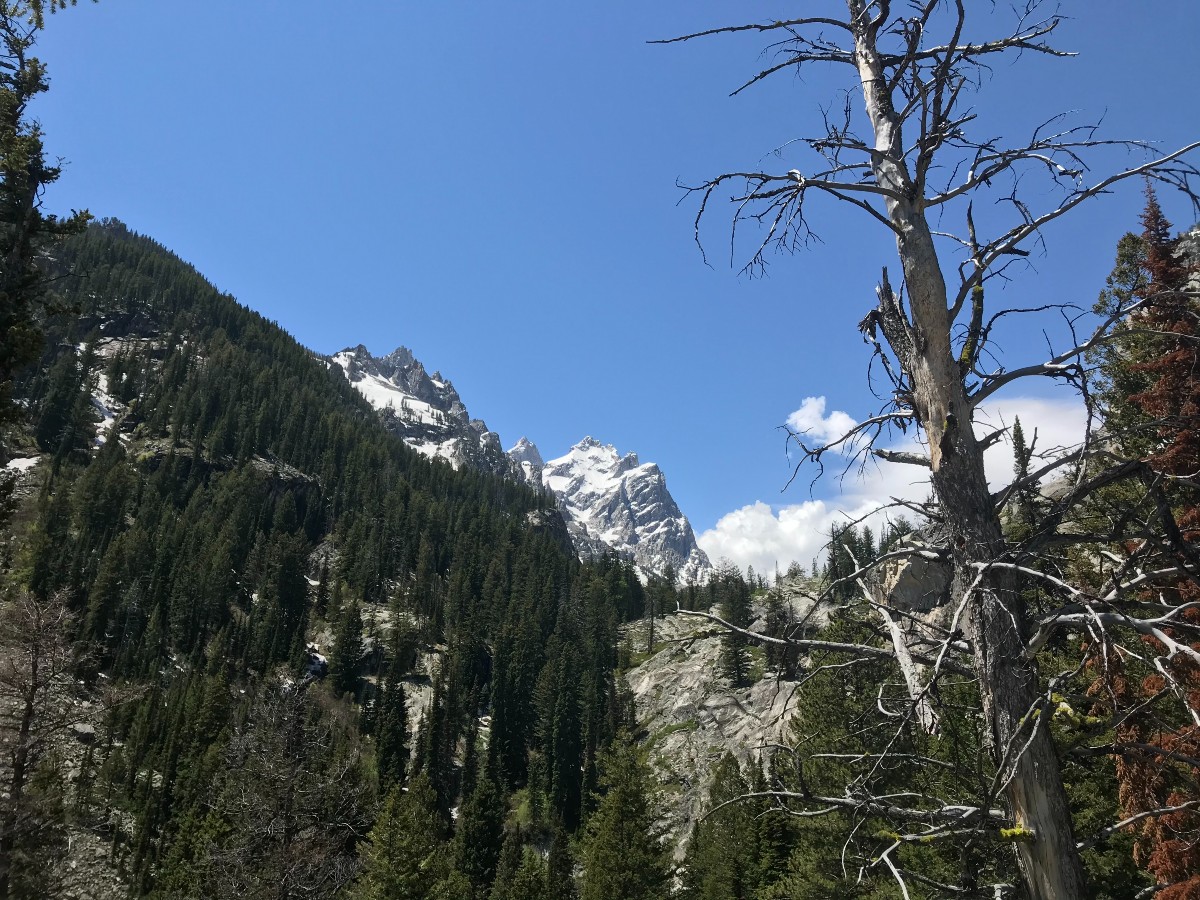
Life After Death: The Importance of Dead Trees
By Samantha Tappenbeck
When asked to describe a forest, you might describe standing trees with a canopy of green foliage, shrubs forming the understory, and leaves and needles mixed with soil and moss on the forest floor. An often overlooked but critical component of a healthy forest is the dead tree. These ghosts of the forest are frequently considered to be an eye sore or hazard, an element to be “cleaned up”. In fact, dead trees in various states of decomposition provide many important services to the forest ecosystem and are an essential element in the circle of life.
Standing dead trees are commonly referred to as “snags”. Although it is dead, a standing tree is still rooted in the ground. Decomposition happens slowly and methodically. Microbial fungi and bacteria begin the work of decomposition, while a host of insects cycle through their lives within the dead tree tissue above and below ground. These insects are fed upon by wood-drilling birds such as woodpeckers and sapsuckers. Wood-drilling creates cavities in dead trees that are used for feeding or nesting. Larger cavities are critical habitat for other animals that require a cavity to nest in, but are not capable of drilling a cavity themselves, such as bees, owls, bluebirds, chickadees, nuthatches, and small mammals such as squirrels and pine martens. So many forest creatures derive food and shelter from forest snags.
The story does not end when the snag eventually falls over to rest on the forest floor. The log and brush become cover and nesting habitat for small mammals, reptiles, and beneficial insects such as mason bees and other pollinators. Grizzly bears use their teeth and claws to excavate decaying stumps and feed on insect larvae inside.
If a dead tree stands on the banks of a stream, it’s root system will still provide powerful stabilization to the banks for many years. When the tree finally falls and lands in the stream, or is swept into the channel by flood waters, the wood creates new habitat and life for the stream. Woody debris in a stream channel provides structure to the bank and dissipates the powerful eroding energy of flood waters. As a result, entrained sediment deposits behind and within woody structures, and creates new sand bars where pioneering plant species like cottonwood and willows can take hold. Underwater woody debris provides habitat for fish, and protection for young fish to shelter and develop. It also provides a substrate for growth of algae and bacteria, which are fed upon by aquatic insects, which are further fed upon by fish. Trees stand firmly at the base of many food chains, even when underwater.
So next time you visit a forest and see a dead tree, think fondly of the shade and oxygen it provided in life, but thank it for the many functions it continues to provide in death. Do your forest a favor and let the dead rest in peace!
If you are interested in learning more about forest health and conservation practices that benefit these natural resources, contact the Flathead Conservation District office and stay tuned for educational opportunities and programs!

